By Kyle Barr
Us youngins can still remember when the first “Harry Potter” movie jumped so gracefully from book to the big screen. Those novels, written by J.K Rowling, were already a sensation before the whole thing exploded in popularity with a near decade of new movies.

It’s not strange then that Hollywood has since been pushing out more and more films based off young adult literature, from “The Hunger Games,” to “Maze Runner,” “A Wrinkle in Time,” and on and on. It seems we’re at the point that Hollywood is looking back in time to “The House with a Clock in its Walls,” a book by John Bellairs written in 1973. This book is a precursor to all the Harry Potters and Hunger Games that line kids’ bookcases to this day. It must have seemed a cinch to bring it to theaters.
Sad to say it doesn’t work, and not so much because the material is rotten but because the tropes have become stale.
Our movie opens with young Lewis Barnavelt (Owen Vaccaro) taking the Greyhound bus to a new town after his mother and father have died in a car accident. He goes to live with his uncle Jonathan Barnavelt (Jack Black), an eccentric and near-recluse who lives in a house that contains any number of secrets. The elder Barnavelt spends most of his time with fellow eccentric Florence Zimmerman (Cate Blanchett) who quips regularly with Jonathan, though barely concealing a deep friendship.
Of course, not all is as it seems, and Lewis quickly learns that both Jonathan and Zimmerman are Warlock and Witch. Though reluctant, Jonathan agrees to teach young Lewis magic, all the while a clock ticks constantly behind the house’s walls, counting down to something, and both Jonathan and Zimmerman know it can’t be anything good.

Vaccaro does a fine, if standard job as the young kid trying to fit in to the conformities of a new town. Young actors have always had the hardest job, and its rare you’ll find a real exceptional performance, (If you’re curious for one, watch Hailee Steinfeld performance as Mattie Ross in the 2010 remake of “True Grit”.) The big problem is he and other leading kids such as Sunny Suljic, playing the young, athletic Tarby Corrigan, don’t have a good script to work from. Suljic also gets a raw deal as his character flips so suddenly from nice guy to bully right in the middle of the second act. It’s both jarring and confusing.
Black doesn’t seem to be taking the job too seriously either. He can be a fun actor, and he has done some fun jobs in kids flicks before, (just check out 2015’s “Goosebumps.”) It’s a mild performance at best without even Black’s usual blend of expressional and physical comedy.

The jokes are so incredibly flat, and it doesn’t help they keep getting repeated. There is one particular joke about a hedge shaped like a lion, *ahem* expelling rotten leaves and twigs from its rear. Yeah, its crass, but it’s also repeated another three times during the runtime, and another time after the credits are rolling.
Director Eli Roth is known mostly for his shock horror films like the “Hostel” movies. I think people were more curious than they were interested in seeing what chops Roth might have had for children’s movies. Sure, there are a few creepy scenes, such as with a number of puppets and jack-o-lanterns, but those scenes are marred with some really horrible CG. They’re made all the more apparent because set design, especially of the house, was quite good. The whole place had an off-kilter but intriguing vibe, from the stained-glass window that can change shape to the massive number of clocks that Jonathan uses to drown out the sound of the other clock hidden in the walls.

Blanchett seems to be the only one really trying, and it’s sad, borderline painful, to see her really excel in the role of the straight-backed aging spinster maintaining that edge of deviousness. I would honestly rather see her in the role of Mary Poppins in the upcoming sequel to that beloved Disney musical, but that’s really for a different’ review.
Have we exhausted the young adult fiction gold rush? No, we haven’t, as long as people continue to try. Even as one generation grows out of the right age for these types of stories, it’s a human inevitability that another will grow to take their place.
Honestly, if you go rewatch the first “Harry Potter,” you realize most of the acting was subpar, and the plot, even when it was taken directly from the book, was really contrived. But that movie remains fondly remembered because it was new, different, and it captured the imagination of a young audience with sweeping shots of a huge castle, of a dining room filled with floating candles and a promise of a much wider world to explore. “The House with a Clock in its Walls,” is missing the wonder, and keeping the cliché.
Rated PG, running time is 1 hour 45 min.
Photos courtesy of Amblin Entertainment

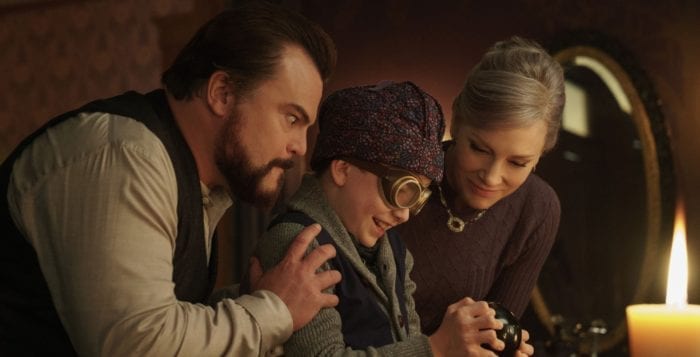


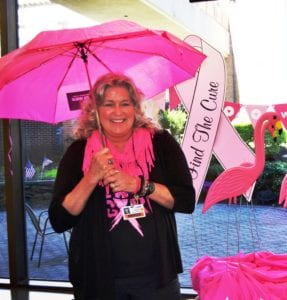
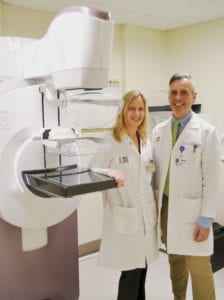
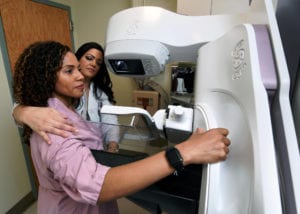


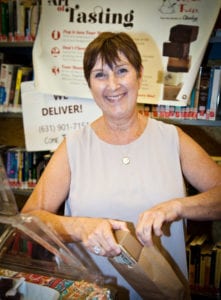

 Having been an EXPO shopper for years McAllister (top photo) was excited to join the event as an exhibitor. ”I would love to be able to participate and applied as soon as I could.”
Having been an EXPO shopper for years McAllister (top photo) was excited to join the event as an exhibitor. ”I would love to be able to participate and applied as soon as I could.”
 Velez is looking forward to her first time exhibiting at the EXPO. “Anything that supports women and women-owned business is very important to me. The fact that this also caters to Long Island businesses is something unique as well and I knew I wanted to be a part of it.”
Velez is looking forward to her first time exhibiting at the EXPO. “Anything that supports women and women-owned business is very important to me. The fact that this also caters to Long Island businesses is something unique as well and I knew I wanted to be a part of it.”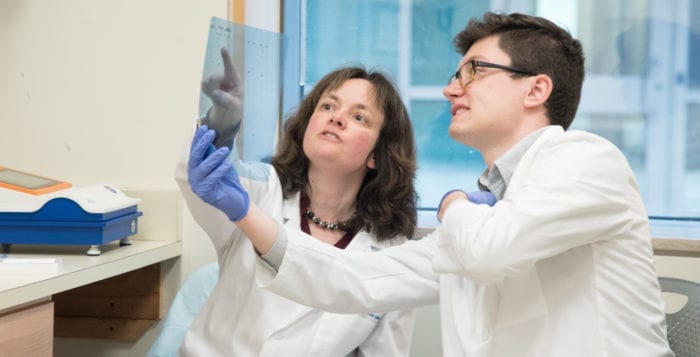
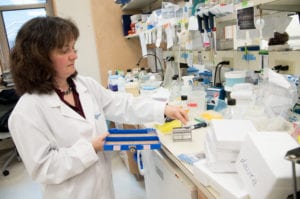

 Comsewogue Public Library in Port Jefferson Station celebrated Coffee With a Cop Day on Thursday, Sept. 20.
Comsewogue Public Library in Port Jefferson Station celebrated Coffee With a Cop Day on Thursday, Sept. 20.

 YIELD: Makes about ⅔ cup.
YIELD: Makes about ⅔ cup. YIELD: Makes one cup.
YIELD: Makes one cup.








